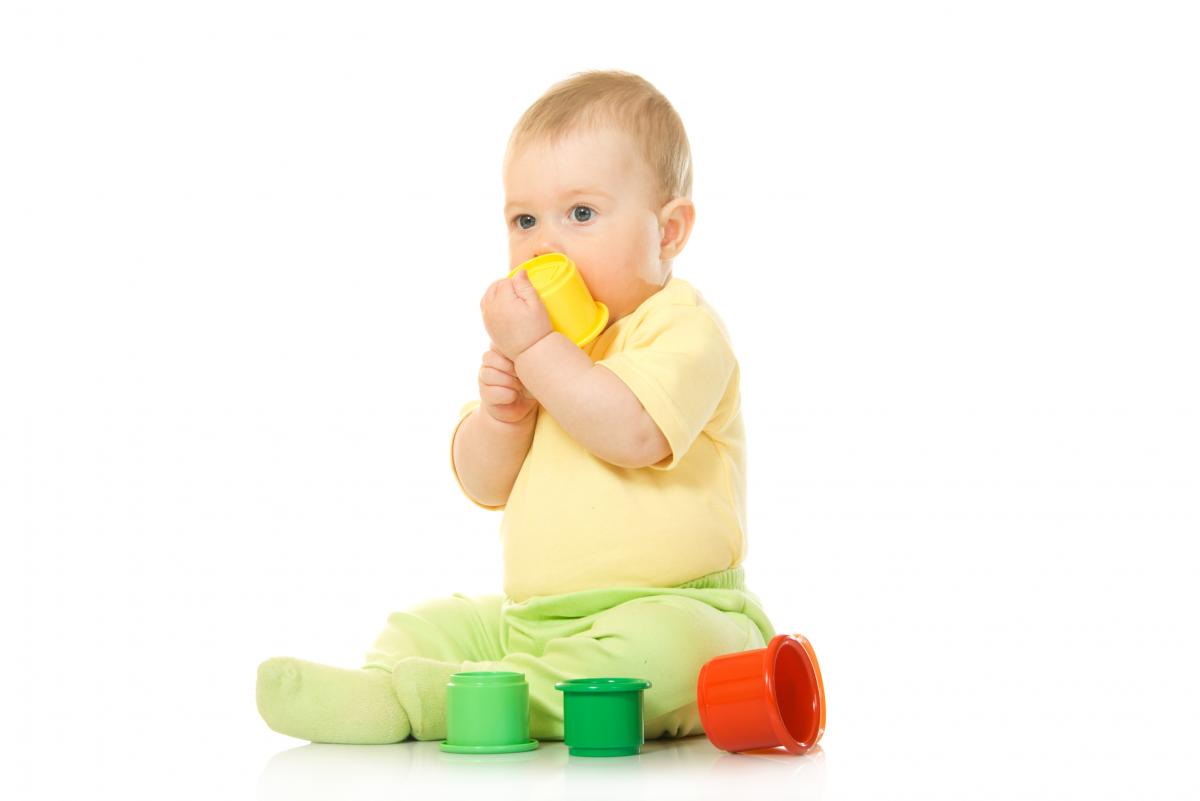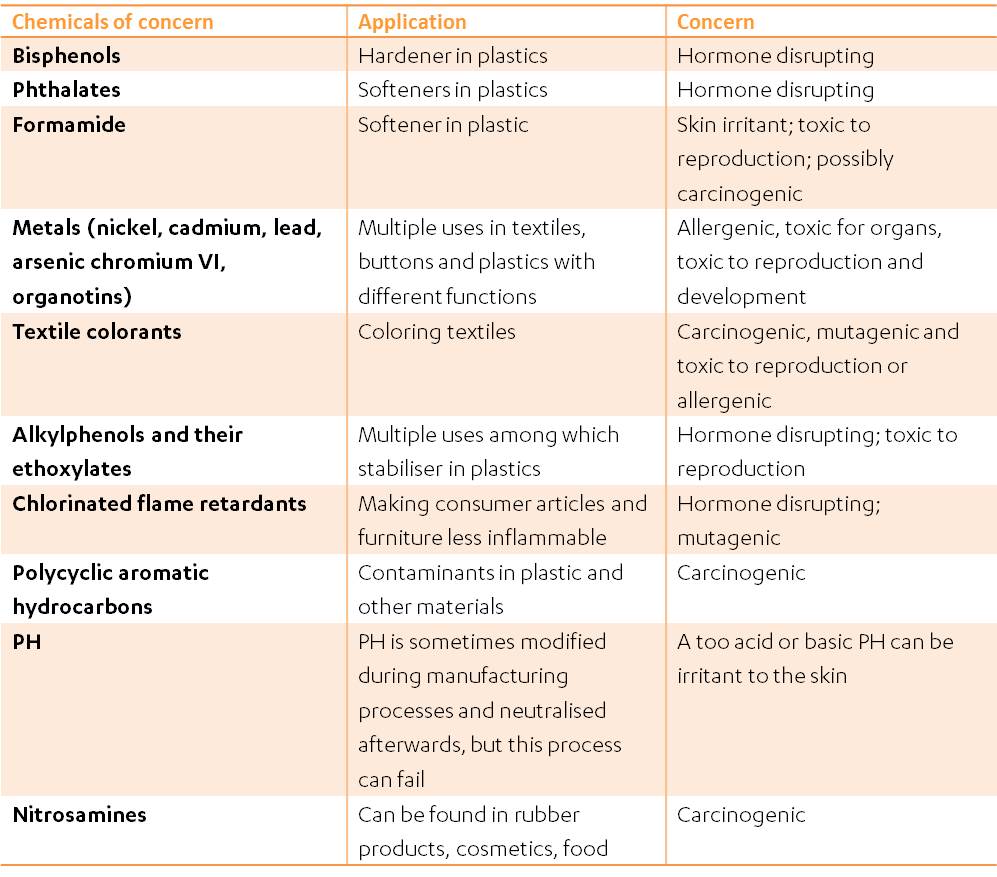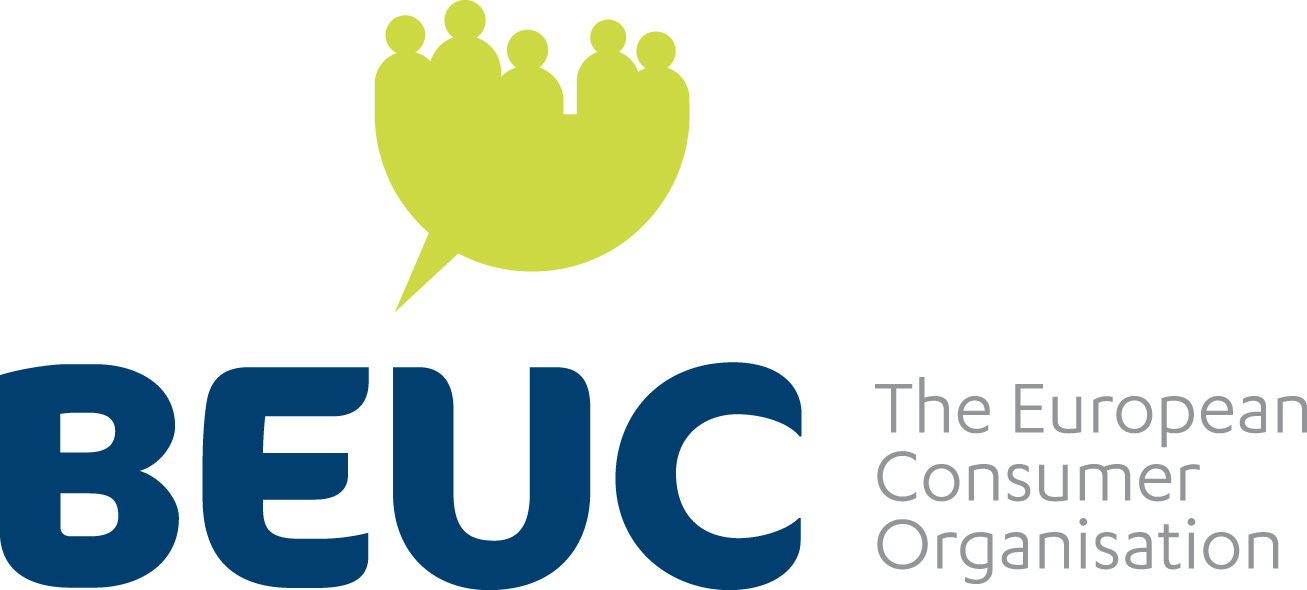BEUC members test shows children’s multiple exposure to chemicals
BEUC members test shows children’s multiple exposure to chemicals
BEUC NEWS - 12.02.2015
10 BEUC member organisations collaborated to test chemicals in toys, furniture and textiles – products babies and small children are in frequent and close contact with.
The results confirmed the need for consumer organisations’ repeated wake-up calls about children’s exposure to harmful chemicals. They:
- Inhale, ingest or absorb through skin contact much higher quantities of chemicals in relation to their body weight than adults.
- Have particular exposure routes: small infants are often sitting only dressed with nappies on the floor and come in close contact with dust in which chemicals are present and put everything into their mouth and are thereby exposed to chemicals which should not be ingested.
Children are also particularly vulnerable because their bodies, including their organs, nervous system and immune system are still developing. During this developmental process they are particularly vulnerable to external sources of irritation such as harmful chemicals.
What the tests say
For the recently concluded tests, 68 products in six categories were sent to a lab for analysis regarding their chemical content. Testers looked into chemicals known to disturb the hormonal system, trigger allergies, known to cause cancer or be toxic to reproduction and development. The project was coordinated by the International Consumer Research and Testing with the expert test supervision of our member UFC-Que Choisir. Some of these chemicals can be harmful even when present only in traces in products.
The focus was on the following product groups: pacifiers, baby changing mats, nappies, cleaning wipes and lotions, puzzle mats / play mats and textiles such as bodies.

Although only few products were problematic, the test results also show that children are surrounded with diffuse level of pollution. Moreover, our members only tested a small fraction of children’s products on the market. Children are also confronted with additional exposure in their daily lives: contaminants in food and drinking water, pollutants in indoor air from paints, carpets and furniture as well as in the open air from exhaust gases.
Conclusions and recommendations
Consumer organisations urge the European Commission to take such tests as a trigger to act and ensure a key goal of the 7th Environment Action Programme is made reality: consumers should be able to live in a non-toxic environment. In particular the Commission should:
- Follow a hazard-based approach and apply the precautionary principle when regulating hazardous chemicals. For certain chemicals, no safe levels can be set. Prohibiting their use from the outset (i.e. when there is a hazard) is the only possibility to minimise harmful exposure of consumers and the environment.
- Take into account the special vulnerability of small children.
- Progress quickly with developing hormone disrupting criteria which are an important precondition to better regulate those chemicals.
- Improve the way consumers are informed about the presence of harmful chemicals in the products they purchase.
More information
To find more information about the research, please consult the following article of our French member UFC-Que Choisir: http://www.quechoisir.org/environnement-energie/air/air-interieur/actualite-exposition-des-bebes-aux-substances-chimiques-toxiques-les-substances-dangereuses
BEUC members who participated in the research: UFC-Que Choisir, Altroconsumo, OCU, DECO, Test-Achats, Consumentenbond, Forbrugerrådet Tænk, Sveriges Konsumenter, Czech Association of Consumers (dTest) and Kuluttajaliitto Konsumentförbundet ry.
Consumer groups in Hong-Kong, China and Serbia also participated.

